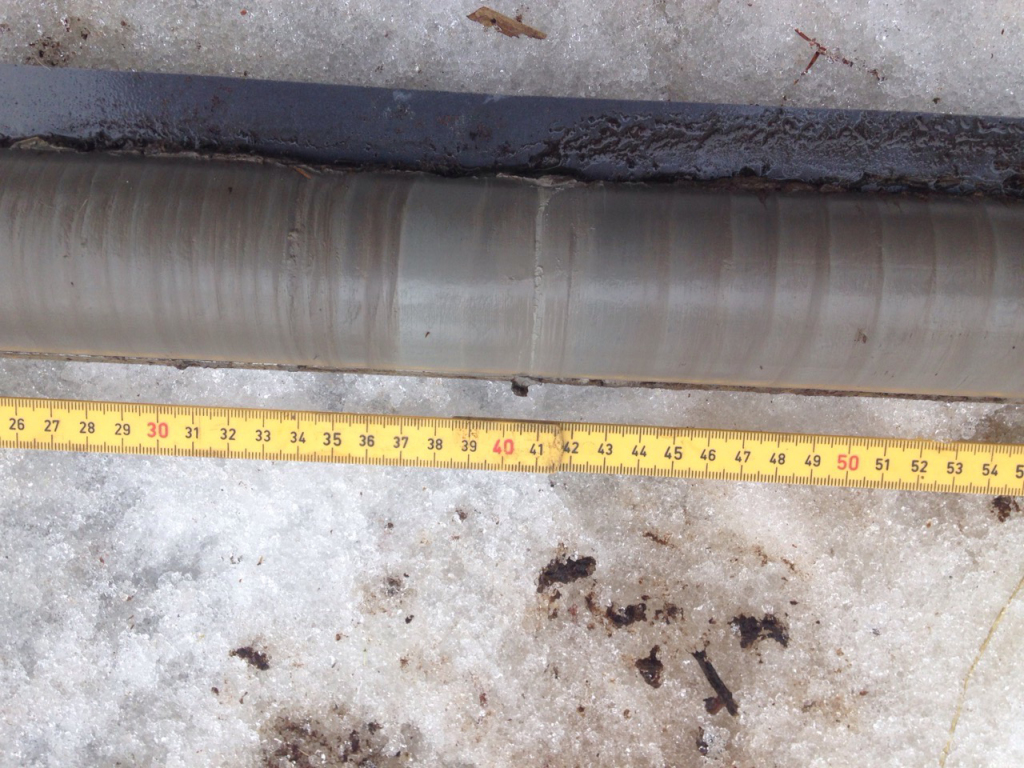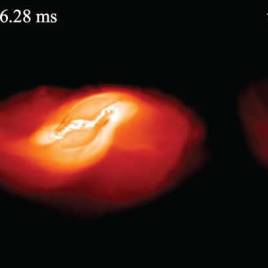
Sediments deposited by ice sheet meltwater provide clues about ancient climates, as well as the future effects of global warming.
(Image by Francesco Muschitiello)
Volcanic ash can trigger abrupt melting of ice sheets long after the eruption, according to evidence from ancient ice sediment records. While volcanic eruptions and the release of ash into the air generally has a cooling effect on the planet’s atmosphere, deposits of ash onto ice sheets can cause spontaneous melts that contribute to global sea level rise. Before arriving at this conclusion, researchers studied Swedish lake sediments and Greenland ice at the end of the last ice age 13,000 years ago. They found that melt events correspond with preceding volcanic eruptions within about a year since the volcanic activity. The authors conclude that these events are linked by dark ash deposits on the bright ice surface, which resulted in the ice absorbing more heat and, consequently, melting.
Authors:
Francesco Muschitiello, Francesco S. R. Pausata, James M. Lea, Douglas W. F. Mair & Barbara Wohlfarth
Corresponding author:
Francesco Muschitiello, Columbia University, Palisades, NY, US, Email: fmuschit@ldeo.columbia.edu
Canadian authors:
Francesco S.R. Pausata, Department of Earth and Atmospheric Sciences, University of Quebec in Montreal, QC, Email: pausata.francesco@uqam.ca
Original paper published in Nature Communications on October 24, 2017.


